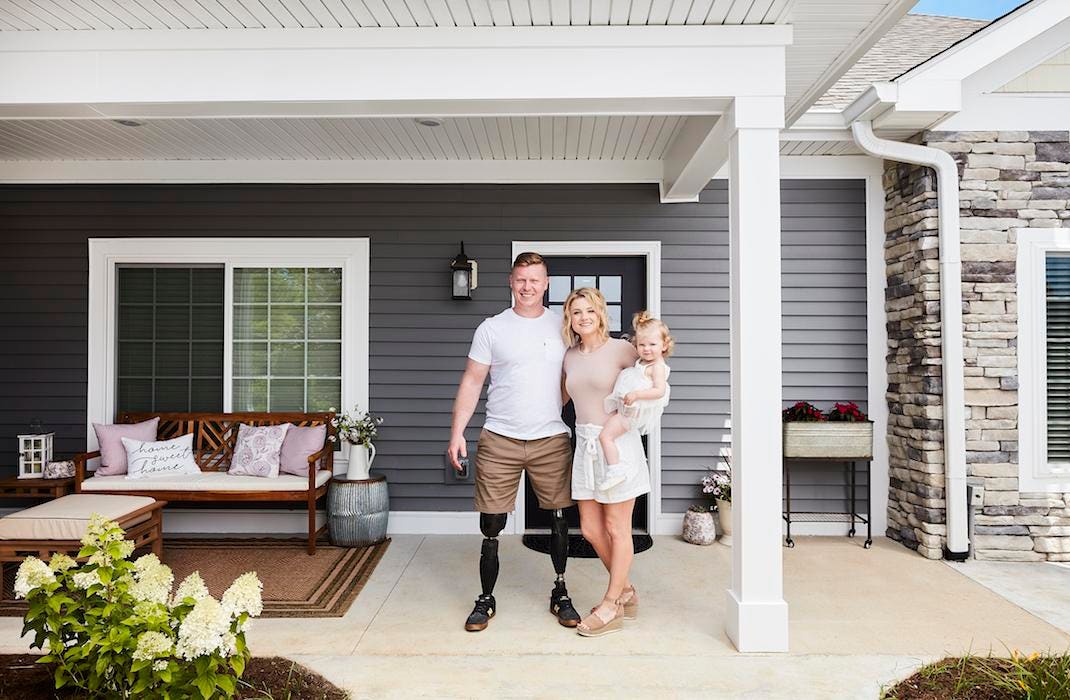The holiday season is a time for joy, celebration, and inclusivity. When we think about decorating our homes, it’s essential to consider ADA-compliant holiday decorations to ensure that everyone, including individuals with disabilities, can enjoy the festive atmosphere. Whether you’re a homeowner looking to make your decorations more accessible or planning a community event, understanding the principles of ADA compliance can make a significant difference.

What Does ADA Compliance Mean?
The Americans with Disabilities Act (ADA) is a civil rights law that prohibits discrimination against individuals with disabilities in all areas of public life. This includes ensuring that public and private spaces are accessible. When it comes to holiday decorations, being ADA-compliant means creating spaces that are navigable and enjoyable for individuals with various disabilities.
Why Is ADA Compliance Important for Holiday Decorations?
The holiday season is about bringing people together, and accessibility plays a crucial role in ensuring that everyone feels welcome. ADA-compliant holiday decorations not only make spaces more inclusive but also enhance the overall aesthetic by incorporating thoughtful design elements that cater to everyone’s needs.
Key Elements of ADA-Compliant Decorations
- Pathway Accessibility: Ensure that all pathways are clear of obstacles, with a minimum width of 36 inches for wheelchair accessibility.
- Visual Clarity: Use high-contrast colors and lighting to enhance visibility for individuals with visual impairments.
- Auditory Cues: Incorporate sound elements that can guide individuals with visual impairments through the space.
- Touch-Friendly Decor: Use tactile decorations that can be appreciated by individuals with visual impairments.
Choosing the Right Decorations
When selecting decorations, consider items that are not only beautiful but also accessible. Opt for decorations that are lightweight, easy to handle, and free from sharp edges. For example, using LED lights with adjustable brightness can accommodate individuals with light sensitivity.
Outdoor Decorations
For outdoor spaces, ensure that all decorations are securely fastened to prevent tripping hazards. Use non-slip materials for walkways and ramps. Check out ADA-compliant curtain rods for inspiration on sturdy and safe decorating options.
Indoor Decorations
Indoors, consider the layout of the space to maintain clear paths. Decorations should not block doorways or emergency exits. Explore accessible home lighting controls to ensure that your lighting is both festive and functional.
Incorporating Technology
Technology can play a significant role in creating ADA-compliant holiday decorations. Smart home devices can be used to control lighting and sound, making it easier for individuals with disabilities to interact with their environment. Consider using voice-activated systems to enhance accessibility.
Community and Commercial Spaces
For community events and commercial spaces, ADA compliance is not just a consideration but a requirement. Ensure that all decorations meet ADA standards to create an inclusive environment. For more information, visit ADA expert advice on accessibility requirements.
Engaging the Community
Involve the community in the decoration process to ensure diverse perspectives are considered. Host workshops or events to educate about the importance of accessibility and encourage participation from individuals with disabilities.
Conclusion
ADA-compliant holiday decorations are about more than just meeting legal requirements. They are an opportunity to create a welcoming and inclusive environment for all. By considering accessibility in our holiday decor, we can ensure that the festive season is a joyous occasion for everyone.

FAQs
What are some examples of ADA-compliant decorations?
Examples include decorations with high-contrast colors, tactile surfaces, and adjustable lighting. Clear pathways and secured outdoor decorations are also important.
How can technology aid in creating ADA-compliant decorations?
Technology such as smart lighting and voice-activated systems can enhance accessibility by allowing individuals with disabilities to interact more easily with their environment.
What are the benefits of ADA-compliant decorations?
They create an inclusive and welcoming environment, ensuring that everyone, regardless of ability, can enjoy the holiday festivities.
This article contains affiliate links. We may earn a commission at no extra cost to you.

